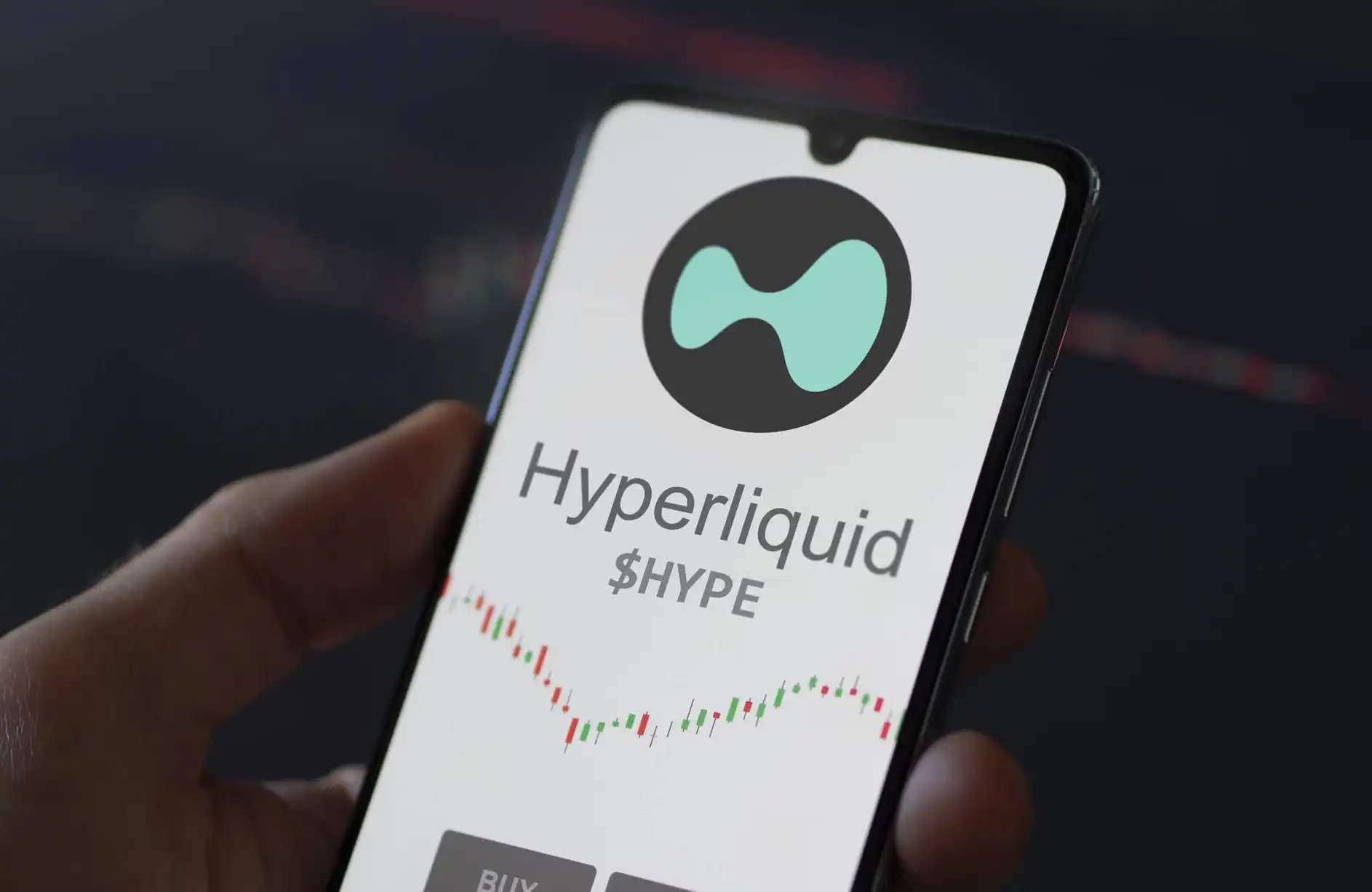Detailed explanation of the automotive DePIN business represented by Hivemapper
Original Title: "FMG Research Report: Understanding the Automotive DePIN Business Model Represented by Hivemapper, Which Rose 19 Times in 30 Days"
Original Author: FutureMoney
TL; DR
Global automotive market has huge potential: The global automotive fleet has exceeded 1.6 billion vehicles, but only 250 million of them are connected to the internet.
We can refer to this paradigm as "Drive To Earn" or "DeDrive";
DePIN completes the coupling of real-world entities and the on-chain world from bottom to top: Almost all DePIN projects related to automobiles rely on real-world income as a driving force for the token economy and the inherent system of products, forming an organic combination.
DePIN & Drive To Earn
The term DePIN was proposed by Messari and refers to Decentralised Physical Infrastructure Networks, which are decentralized physical infrastructure. Messari divides the DePIN track into four major categories: service networks, wireless networks, sensor networks, and energy networks.

If classified according to hardware performance, it can be roughly divided into three categories: computers, storage, and general applications.
One of the general applications includes hardware devices such as routers and dashcams that we are familiar with. For C-end users, there is a natural demand for better hardware experience, while for B-end customers, there is an inherent drive to optimize products through more accurate data collection. Therefore, we can see that DePIN-based ecosystems such as MOBILE for mobile phones, HONEY and DIMO for cars have all seen promising trends. Among them, the ecosystem centered around cars for data collection and decentralized supporting services stands out.
On the one hand, it is because cars are assets that are most closely related to the general users worldwide and have a wide audience. As of now, the global car ownership has exceeded 1.6 billion, and based on the global population of 7 billion, on average, one in every four people owns a car. These vehicles are driving on over 64 million kilometers of roads worldwide.
However, at the same time, according to statistics, road traffic accidents cause 1.3 million deaths worldwide each year, with 90% occurring in low- and middle-income countries. Compared to the number of vehicles and roads in these countries, the death rate is disproportionately high.
The demand from both C-end users and B-end users is more urgent in the automotive field.
Concept of Connected Vehicles and DeDrive
On the other hand, with the widespread development of the Internet of Things concept, the "Internet of Vehicles" concept, which uses cars as carriers to build intelligent facilities, has also been widely adopted and valued by capital worldwide.
The concept of the connected car has partially solved the problem of collecting car data. However, due to the excessive centralization of related companies and the efforts of different manufacturers to build their own protective barriers, customized development of use cases is also not conducive to spreading out research and development costs for companies. As a result, the cost is ultimately transferred to consumers, which to some extent limits the development of the "connected car" industry.
With the rise of blockchain concepts and DePIN, the paradigm of "introducing blockchain technology and cryptocurrency elements into relevant device manufacturers, helping manufacturers complete the capital flywheel more quickly, providing tokens to attract a wider range of users for co-construction, and allowing users to profit from it" has gradually become the consensus in the Web3 context.
We can refer to this paradigm as "Drive To Earn" or "DeDrive".
Currently, the representatives of the DeDrive project are mainly Hivemapper and Dimo. Future Money Group will organize around these two projects and related projects that support Drive.
DeDrive Concept Project

Hivemaper

HiveMapper is one of the top DePin concepts on Solana, dedicated to creating a decentralized "Google Maps". Users can obtain HONEY tokens by purchasing the dashcam launched by HiveMapper, using it, and sharing real-time images with HiveMapper.
HiveMapper has created an API interface using map and traffic information collected from special user groups such as logistics and surveying companies to provide services to B2B or B2C users in need.
Compared to Google Maps, HiveMapper ensures the enthusiasm and accuracy of data providers through token incentives. Additionally, due to the existence of tokens, the official platform does not face significant operational expenses, but instead can provide more affordable and cost-effective API services for B-side users, achieving a competitive advantage.
In fact, as an alternative to the Google Maps API, millions of companies rely on the Google Maps API to support their location data, and the price of this service has increased significantly in recent years.
As a challenger to Google Maps, Hivemapper theoretically has a potential market value that is at least on par with Google Maps.
Hivemapper has two main components:
1. Dashboard camera: It is an open-source dashboard camera that can collect 4K images and related GPS metadata, including LoRa sensors, and uses Helium's IoT network to verify location.
Currently, there are two versions of the HiveMapper dashcam: the HiveMapper Dashcam (priced at $300) and the S version (priced at $649). The former is suitable for standard mapping and can shoot up to 4k 10fps, while the latter is smaller and more discreet, and can shoot up to 4k 30fps.

2. Hivemapper contributor application, which pairs with a dashcam via Wi-Fi to transmit images and location data to users, and transfers the data from the device to the map network for processing.
Token Economics: HONEY token has a fixed maximum supply of 10 billion, and the distribution is as follows:
•40% is given to contributors as a reward for participating in map data contribution;
•20% is allocated to investors as initial funding for launching the mainnet;
•35% of the funds will be allocated to the daily operation and iteration of the main network for Hivemapper employees;
Dimo




Atlas Navi

Users can also hold different vehicle NFTs to participate in "Drive to earn" activities.

The total supply of NAVI tokens is 300 million, including:
• User incentive allocation 30%
• Development team allocation 10%;
• Marketing department is allocated 10.67%;
•Initial liquidity allocation 13%
The above three are currently popular in the market and have good token trends. In fact, there are many DePIN products currently focused on cars.
In addition, there is also the DePIN project centered around the car charging business, such as PowerPod.
PowerPod
PowerPod is a global electric vehicle (EV) charging network designed to quickly form and maintain low maintenance costs through a decentralized organizational structure, GameFi gameplay, and a positive revenue model. The network is owned by individuals and communities, avoiding the various problems caused by centralized management. Using blockchain technology, data security and transaction transparency are ensured in the network. The latest charging technology ensures safe, efficient, and highly compatible charging and will provide a variety of personalized and intelligent services. In the future, the PowerPod network is expected to become an extension and supplement to the traditional power grid, forming a new power supply network together with the power grid.
PowerPod will produce a series of intelligent hardware to ensure that charging behavior is measurable, calculable, and reliable.
The first phase will focus on the charging gun adapter. By adding a detachable adapter to the head of the charging pile that cannot share data, key data during the charging process can be accurately captured and securely sent to the blockchain. Contracts based on blockchain will calculate this data to incentivize positive behavior.

The hardware for the second phase will be high-performance home AC chargers.
The hardware for the third stage is "mobile charger", which allows car owners to charge using regular sockets (with a current of 10-16A) in emergency situations.
Token Economics: PowerPod adopts a token model similar to Hivemapper and Dimo: points + tokens.
PowerPod's another token PPD is the native governance token of the ecosystem.
PPD total supply is 100 million coins, and 12.5 million coins will be produced in the first year. The production will be halved every 4 years.其中:(Note: "其中" means "among them" in Chinese, but since it is not clear what it refers to in this context, I left it untranslated.)
•45% of PPD will be used for incentivizing positive behavior;
•15% is allocated to developers;
•18% is allocated to investors;
•20% is allocated to the ecosystem.
For example, if user John transfers 100 PT to the bonus pool, and at the end of the bonus period, there are a total of 10,000 PT in the pool. He will receive 77 PPD accumulated in the dividend pool during that period, according to a 1% ratio (assuming that the dividend distribution is approximately 7706 PPD per distribution in the first year). After distribution, all 10,000 PT in the pool will be destroyed.
DeDrive vs. Move to Earn
Perhaps at first glance, the DeDrive concept project is similar to the Move To Earn project represented by Stepn in terms of token output. However, there are fundamental differences between the two. Although both have a similar role in expanding the Web3 concept: to penetrate the Web3 trend in a more understandable way through behavioral incentives. The X To Earn project, mainly led by Stepn, is more driven by token economics, and the essence of its outward expansion is to maintain the life of the Ponzi system by absorbing more potential users. The DeDrive project, on the other hand, relies on entities and is essentially a recognition by technology companies of blockchain technology and decentralized governance ideas.
We can see that almost all of the above cases have real-world income as a basis, and token economics as a tool and product system that drives the flywheel are organically combined.
We can understand it this way: if the X to Earn project, represented by Stepn, interprets and verifies the paradigm of human behavior to obtain rewards and validation on the chain, then the DeDrive concept represented by Hivemaper completes the coupling between the real-world entities and the chain world from the user level. The former influences the economic foundation from top to bottom, while the latter builds the foundation needed for the superstructure from bottom to top.
Conclusion
The DePIN or DeDrive project in the automotive industry is further deepening the connection between the traditional world and the Web3 world. For example, Andy C, the founder of Dimo, has interpreted the idea of creating a DMV based on his own network and putting vehicle ownership on the chain. If this step can be achieved, the on-chain system will truly enter the real world on a large scale. Data is valuable, and the data contributed by each contributor in the DePIN ecosystem should receive more valuable analysis and application, and play a greater value.
In the future, the DePIN paradigm represented by automobiles will further extend to related fields (which has a greater impact than DePIN in the mobile phone industry), such as the vehicle insurance market, the second-hand car sales market, parts maintenance, road construction, and car rental. At that time, the real world will be integrated with Web3, and the Mass adoption pursued by Web3 will also come.
We have ample reasons to hold optimistic expectations for the prospects of DePIN, but before the DePIN era truly arrives, DeDrive may take the lead and become one of the most popular targets in the market.
Original article link
Welcome to join the official BlockBeats community:
Telegram Subscription Group: https://t.me/theblockbeats
Telegram Discussion Group: https://t.me/BlockBeats_App
Official Twitter Account: https://twitter.com/BlockBeatsAsia


 Forum
Forum Finance
Finance
 Specials
Specials
 On-chain Eco
On-chain Eco
 Entry
Entry
 Podcasts
Podcasts
 Activities
Activities
 OPRR
OPRR








